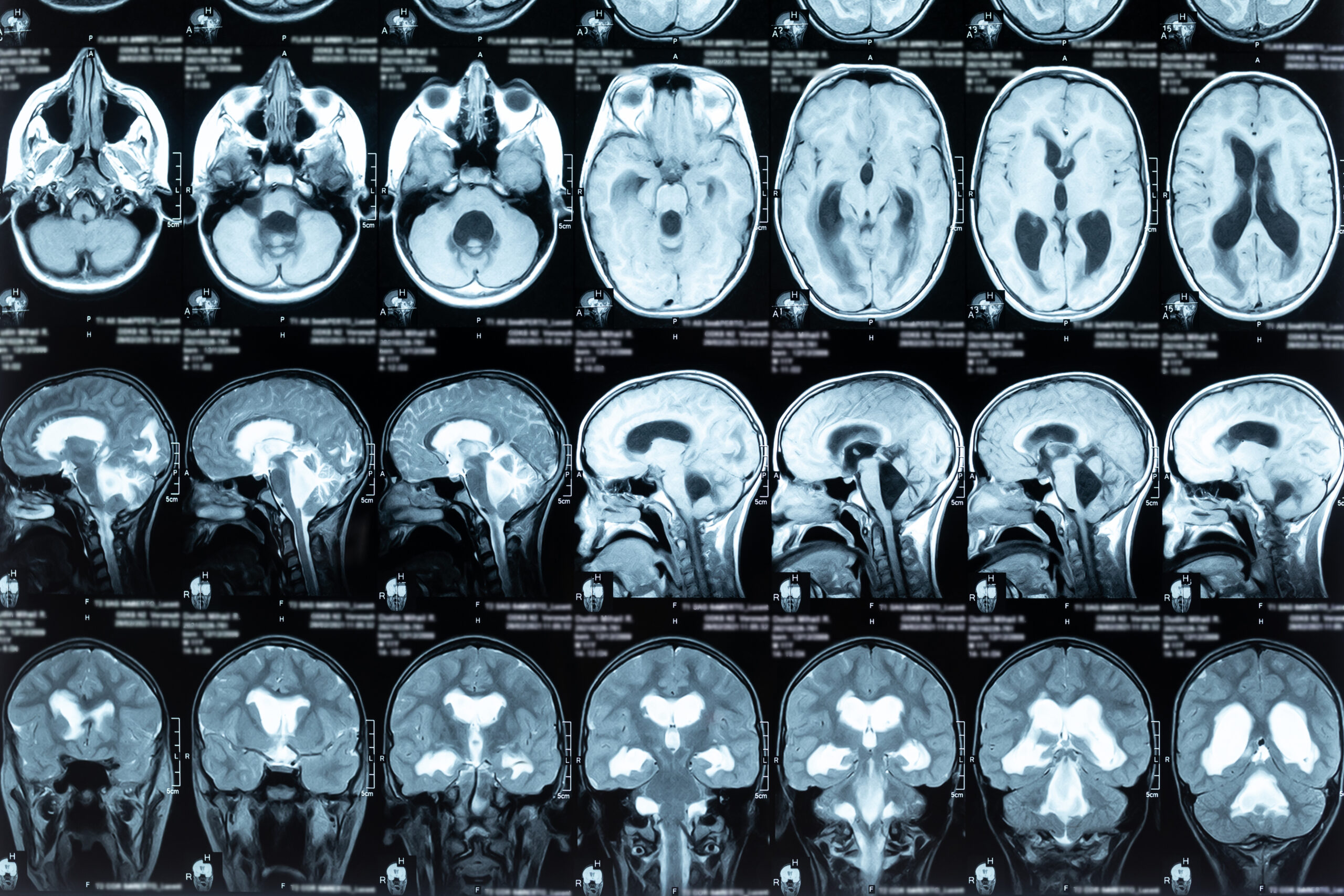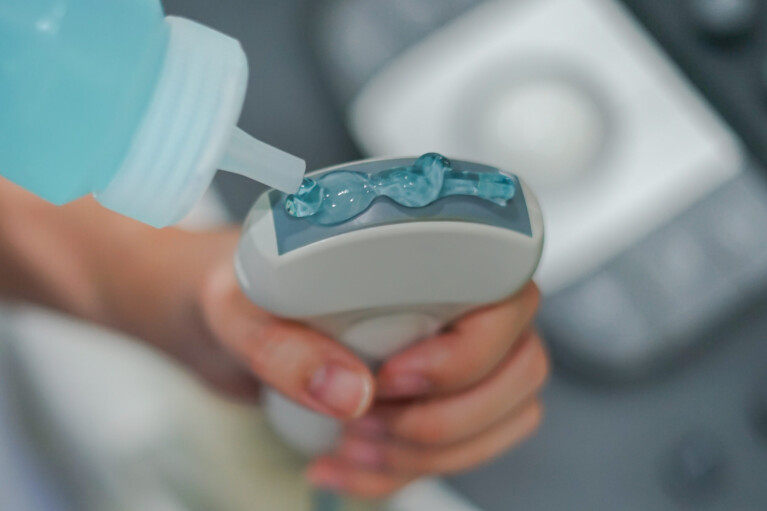Opinion: September is Hydrocephalus Awareness Month. How much do you know about this life-threatening condition?

By Lauren Eng
The writer is a Maryland resident and an undergraduate at the University of Maryland College Park.
Hydrocephalus occurs when excess cerebrospinal fluid accumulates in cavities of the brain.
The only known treatment is brain surgery, which often involves implanting a device called a shunt in the head to drain the excess fluid.
Unfortunately, shunts are prone to failure over time, thereby requiring surgical replacements.
According to the Hydrocephalus Association, over 36,000 shunt surgeries are performed each year, averaging to one every fifteen minutes and making it the most common reason for brain surgery in children.
As someone who acquired hydrocephalus in their early teenage years, I still remember what life was like before it. I took my good health for granted, casually dismissed bumps to the head, and enjoyed thrill rides and bumper cars, which I now avoid for fear of unsettling my shunt.
It felt alienating to suddenly experience these difficulties and have to cope with the very real prospect of undergoing multiple brain surgeries for the rest of my life.
But through the Hydrocephalus Association — a Bethesda-based organization that supports people with the condition — I found a community of all ages that could relate to my newfound struggles.
In July, for example, I participated in the Hydrocephalus Association’s 17th National Conference on Hydrocephalus, HA CONNECT, in Austin, Texas.
This was its first in-person conference since the pandemic began. The three-day event attracted families, friends, and “hydrowarriors” who greeted each other with hugs and elbow-bumps. It also hosted panels of medical experts and advocates, and featured keynote speaker Dr. Michael Barratt, a NASA astronaut who discussed his personal experience developing Spaceflight Associated Neuro-ocular Syndrome (SANS) during long-term space travel. This disorder exhibits similar symptoms as hydrocephalus, and it provides an encouraging research avenue to potentially advance hydrocephalus treatments.
This Hydrocephalus Awareness Month, you can make a difference.
The Hydrocephalus Association will continue to call national attention to this brain condition without a cure. Several cities have already held their annual WALK to End Hydrocephalus to raise critical funds for research, support, education, and advocacy efforts.
Marylanders have a choice between two local WALK sites, Baltimore and Washington, D.C., on Oct. 1 and Oct. 8 respectively. Consider joining a WALK near you and donating to support the over 1 million Americans living with hydrocephalus. Your generosity will surely make an impact on this strong and resilient community.




 Creative Commons Attribution
Creative Commons Attribution